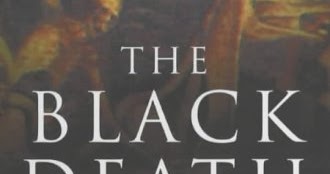

Much new work has come out on the history of plague and the late medieval pandemic since then, some of it overturning long-held truisms.

NOTE: This course was last taught in 2017. To access all the individual essays as well as the full volume, go to. The General editor of the journal is Carol Symes the guest editor of this volume is Monica H. This essay introduced the inaugural issue of the newly launched journal, The Medieval Globe. Keywords: Yersinia pestis, Second Plague Pandemic, Afroeurasia, anti-Jewish violence, bioarchaeology, biological anthropology, microbiology, historical method. The contributors to this special issue argue for the benefits of a multidisciplinary and collaborative approach to the many remaining mysteries associated with the plague’s geographical extent, rapid transmission, deadly outcomes, and persistence. This then opens up historical research to investigations based on modern science, which has studied Yersinia pestis from a variety of perspectives, most importantly its evolutionary history and its complex ecology of transmission. Extraction of genetic material of the causative organism of plague, Yersinia pestis, from the remains of persons who died during the Black Death has confirmed that pathogen’s role in one of the largest pandemics of human history.


 0 kommentar(er)
0 kommentar(er)
